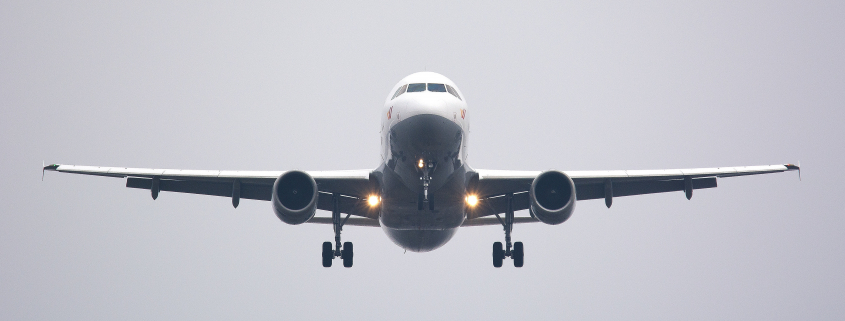Narrowbody Engine Q1 2021 Update: CFM and IAE Shop Visit Forecast and Values
In this edition of mba Aviation’s Insight Series, Garrick Rice, Director – Asset Valuations, provides an update regarding the Commercial Narrowbody Engine Market. Discussing key engine value drivers and how they have been impacted by the COVID-19 pandemic.



Leave a Reply
Want to join the discussion?Feel free to contribute!